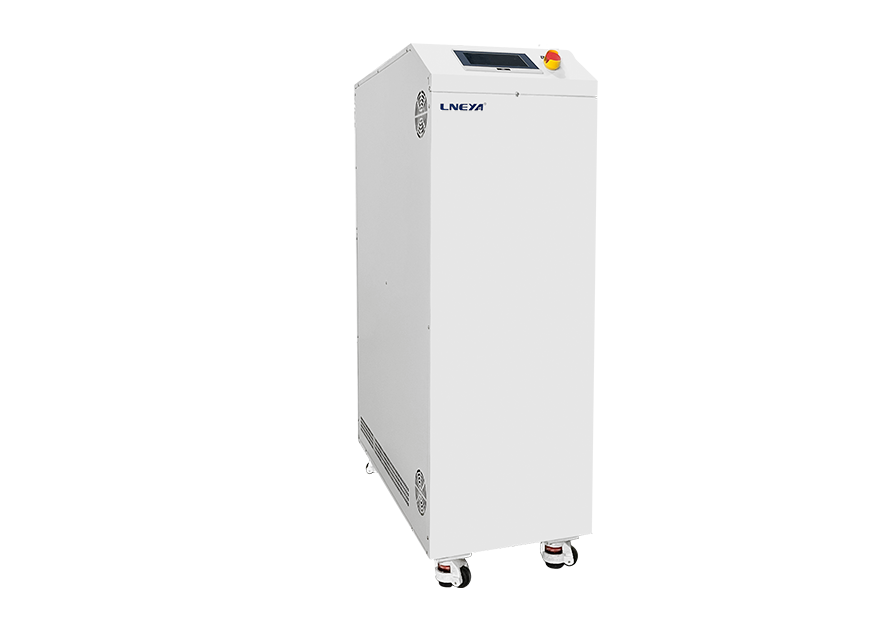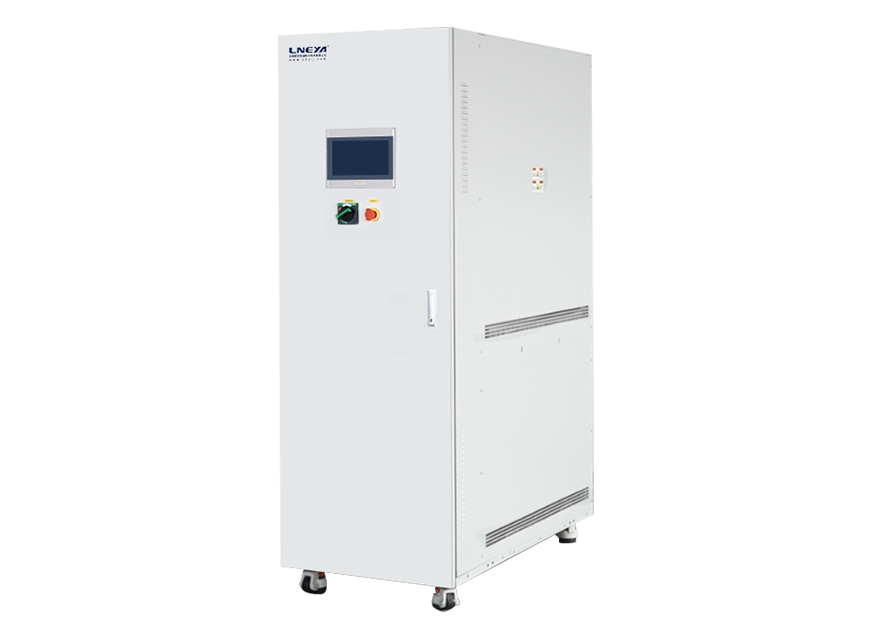What Are the Common Types of Chiller Compressors
After being compressed by the compressor, the refrigerant gas increases in pressure and temperature, allowing it to enter the condenser to release heat to water or air. Common chillers are generally categorized by compressor type as screw chillers, scroll chillers, and centrifugal chillers. What are the characteristics of these compressors? How do they work? What cooling systems are they suitable for?
Related: Chiller compressor brand list
What is a screw compressor?
A screw compressor generates pressure through the rotation and compression of two rotors—a female rotor and a male rotor. The rotors rotate in opposite directions, one clockwise and the other counterclockwise, similar to two intermeshing screws compressing gas.
The rotation draws gas into the gap between the rotors, where it is gradually compressed along the avity formed between the rotors and the casing, ultimately being discharged through the outlet into the condenser.
A significant advantage of screw compressors is their ability to operate stably over extended periods of time. Because they don’t require the reciprocating motion of piston compressors, there’s no shock or vibration, resulting in minimal mechanical wear even in 24/7 operation.
Many brands of compressors are equipped with variable frequency control, which automatically adjusts speed based on actual load. This allows them to maintain high energy efficiency even at partial load.
However, they also have some limitations. At low loads, their energy efficiency is often not as high as that of scroll compressors. Furthermore, they have higher requirements for lubricant oil properties, condensing temperature, and environmental conditions, requiring regular lubricant inspection and replacement. Furthermore, screw compressors are more expensive.
They typically provide cooling capacities ranging from tens to hundreds of kilowatts and are often used in medium- to large-scale screw chiller systems to provide stable temperature control for equipment and processes such as semiconductors, chemical processing, injection molding, and laser cutting.


What is a scroll compressor?
A scroll compressor consists of a fixed scroll and a moving scroll. The movable scroll rotates eccentrically around the fixed scroll at a constant angle. The movable scroll orbits around the fixed scroll without rotating about its own center. The refrigerant enters the spiral chamber and is compressed as it travels along the spiral toward the center.
Compared to screw compressors, they are more compact and produce less noise and vibration during operation. They are often used in small and medium-sized cooling systems, especially in laboratories, cleanrooms, hospitals, and other locations where space and sound requirements are stringent.
Scroll compressors generally have a low capacidade de arrefecimento, but multiple units can be connected in parallel to meet higher cooling capacity requirements, improving energy efficiency at partial loads.


What is a centrifugal compressor?
A centrifugal compressor draws in refrigerant gas through a high-speed rotating impeller and flings it toward the outer edge, where it flows into a diffuser. In a centrifugal compressor, the diffuser slows down the gas, raising its pressure and turning kinetic energy into pressure energy, before releasing it through the exhaust.
The greatest advantage of centrifugal compressors is their ability to compress large volumes of gas simultaneously, resulting in high cooling capacities for centrifugal chillers. They also feature fewer moving components, which reduces the risk of breakdowns and lowers maintenance needs.
Centrifugal chillers are often used in large projects, such as large cleanrooms, data centers, and campus-wide cooling systems. While the initial investment is higher, they offer higher energy efficiency and lower electricity costs over the long term.
Conclusão
LNEYA’s main product lines include scroll chillers e screw chillers. We offer standard and custom chillers with various configurations to meet diverse operating conditions across various industries. Our compressors are sourced from internationally renowned brands such as Copeland, Danfoss, Tecumseh, and Carlyle.
Contact us for more information about our chillers.

- What Does a 200 Ton Chiller Cost
- Temperature Control in Photolithography
- Is a Used Chiller a Good Idea
- Chiller Components and Refrigeration Fundamentals Guides
- Chiller Types and Selection Guides
- How Does a Peltier Cooler Work
- Peltier Chiller vs. Compressor Chiller
- What Is a Peltier Chiller
- Dezembro 2025
- Novembro 2025
- Outubro 2025
- Setembro 2025
- Agosto 2025
- Julho 2025
- Junho 2025
- Maio 2025
- Março 2025
- Fevereiro 2025
- Janeiro 2025
- Dezembro 2024
- Novembro 2024
- Outubro 2024
- Setembro 2024
- Agosto 2024
- Julho 2024
- Junho 2024
- Maio 2024
- Abril 2024
- Março 2024
- Fevereiro 2024
- Setembro 2023
- Julho 2023
- Junho 2023
- Maio 2023
- Janeiro 2023
refrigerador arrefecido a ar refrigerador Chiller Maintenance refrigeradores Congelador de montagem a frio refrigerador de refrigeração sistema de controlo dinâmico da temperatura chiller energeticamente eficiente circulador de aquecimento refrigerador industrial refrigeradores industriais arrefecimento industrial congelador industrial frigorífico industrial reator de camisa refrigerador de laboratório refrigerador de baixa temperatura notícias refrigerador de processo resfriamento de processo arrefecimento do reator aquecimento do reator arrefecimento bomba de circulação refrigerada refrigerador de parafuso refrigerador de semicondutores refrigerador de teste de semicondutores sundi tcu controlo da temperatura câmara de ensaio termóstato refrigerador de temperatura ultra baixa refrigerador de ensaio de veículos refrigerador de água refrigerador arrefecido a água
Chillers relacionados
FALE CONOSCO
TEL:
EMAIL:
WeChat & WhatsApp:

Wechat QR

Tem alguma pergunta ou precisa de um orçamento? Preencha o formulário abaixo e nossa equipe entrará em contato dentro de 24 horas.
 LNEYA Refrigeradores industriais Fabricante Fornecedor
LNEYA Refrigeradores industriais Fabricante Fornecedor
















